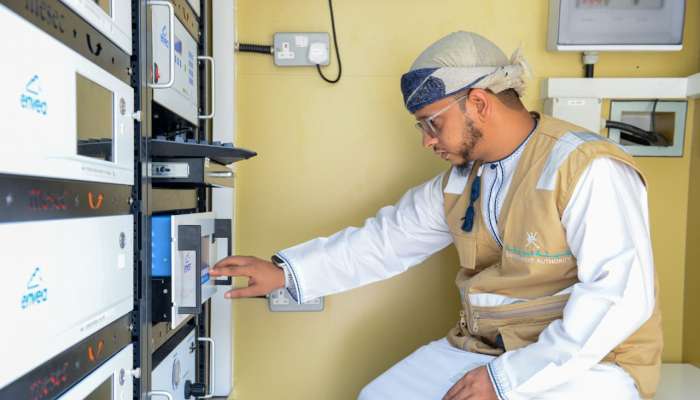
Muscat: As many as 56 air quality monitoring stations distributed across various governorates of the Sultanate of Oman are operational, tracking meteorological variables such as temperature, humidity, wind speed, and rainfall.
The Environment Authority aims to install 10 new stations by the end of 2025, forming an integrated network of ambient air quality monitoring stations. These stations operate around the clock using internationally certified advanced analytical devices to monitor key pollutants, including Particulate Matter (PM2.5 and PM10), Nitrogen Dioxide (NO₂), Sulfur Dioxide (SO₂), Carbon Monoxide (CO), Ground-level Ozone (O₃), and Non-Methane Hydrocarbons (NMHC).
These stations provide accurate, real-time data that supports environmental and health decision-making in collaboration with government and private entities. The data is published via the "Naqi" or “Pure” application, a digital platform that provides indicators of air pollutant concentrations through interactive maps and a color-coded system illustrating pollution levels (from green for good to dark purple for hazardous).
The platform displays health recommendations and alerts about pollution levels, and integrates meteorological data such as temperature and wind direction. It is available in both Arabic and English to broaden its user base, serving as an effective tool for enhancing environmental awareness and supporting research and strategic planning.
These efforts are part of Oman's commitment to international and regional standards in environmental monitoring and public health protection.